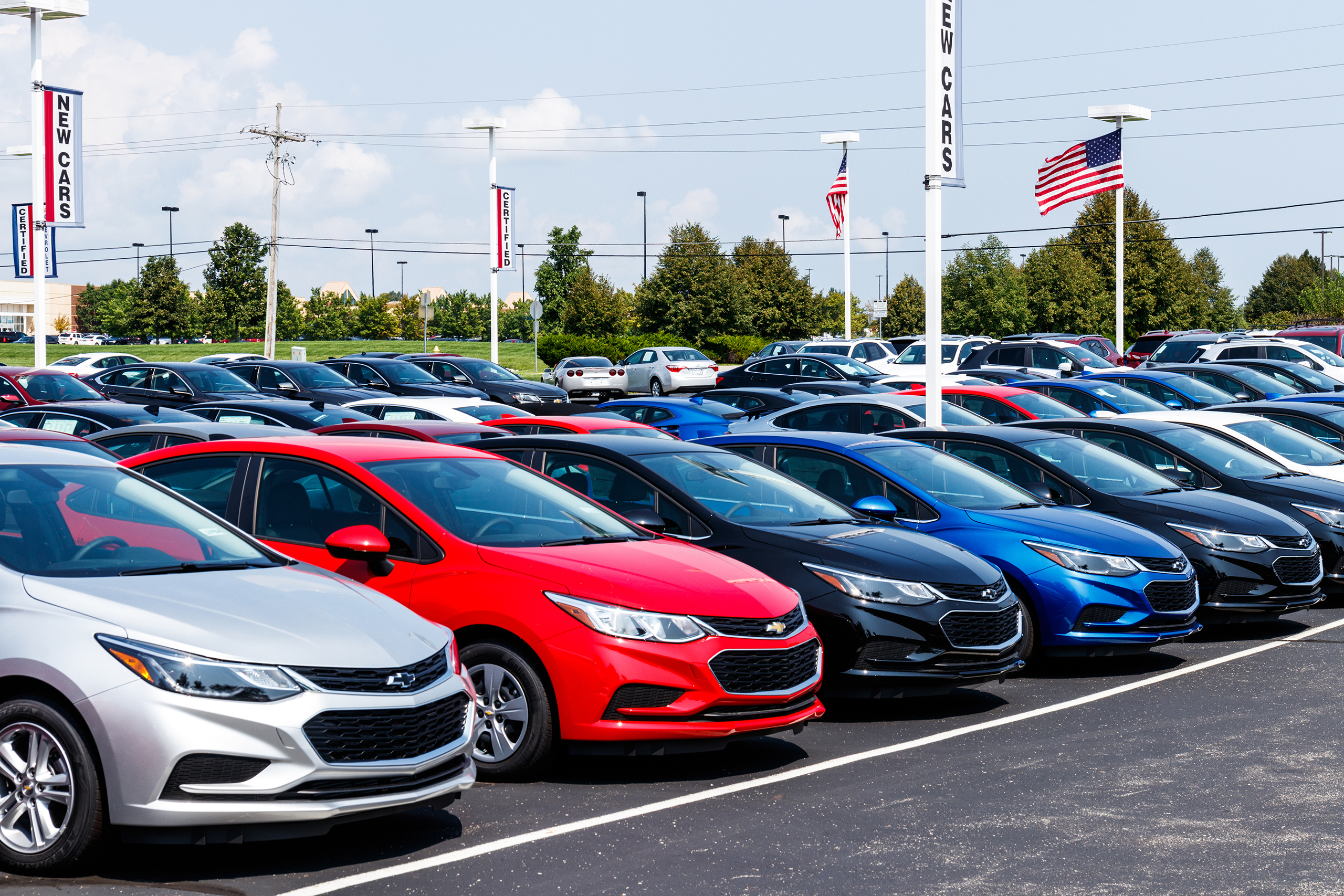
Before you offer that generous trade-in incentive, read this
Sizeable rebates can backfire because consumers save the money and upgrade less, according to new marketing research.
Durable goods manufacturers of products such as appliances, smartphones, electronics, and motor vehicles usually have product lines with an upgrading path for customers as they make replacement choices. Sales and marketing teams’ want to encourage consumers to upgrade faster or, even better, to buy more expensive products.
That's why car dealerships use trade-in incentives, special offers common in the automotive industry. Automobiles are expensive to purchase, and consumers are keeping them longer than ever — up to 79.3 months on average in the U.S. These factors made the automotive industry the perfect environment for W. P. Carey marketing professors and their co-author to study to understand how trade-in incentives work.
In an article Feb. 22, 2019, on the American Marketing Association:
When consumers buy products, they engage in a process called mental accounting whereby they consider how much value they have received from a good compared to its cost.
– Michael Wiles, associate professor of marketing
Our research helps manufacturers understand the impact of their trade-in incentive and targeting strategies to better accomplish critical business goals.
– Sungho Park, associate professor of marketing
Latest news
- Fall 2025 W. P. Carey Dean's Medalists honored at celebratory luncheon
Top grads from each program recognized for academic excellence and lasting impact on the ASU…
- Teaching with intelligence: Elevating human value in the age of AI
W. P.
- Student projects provide HR solutions for Valley companiesIn MGT 426: HR Consulting Projects, designed by Professor Eric Knott, students serve as HR consultan